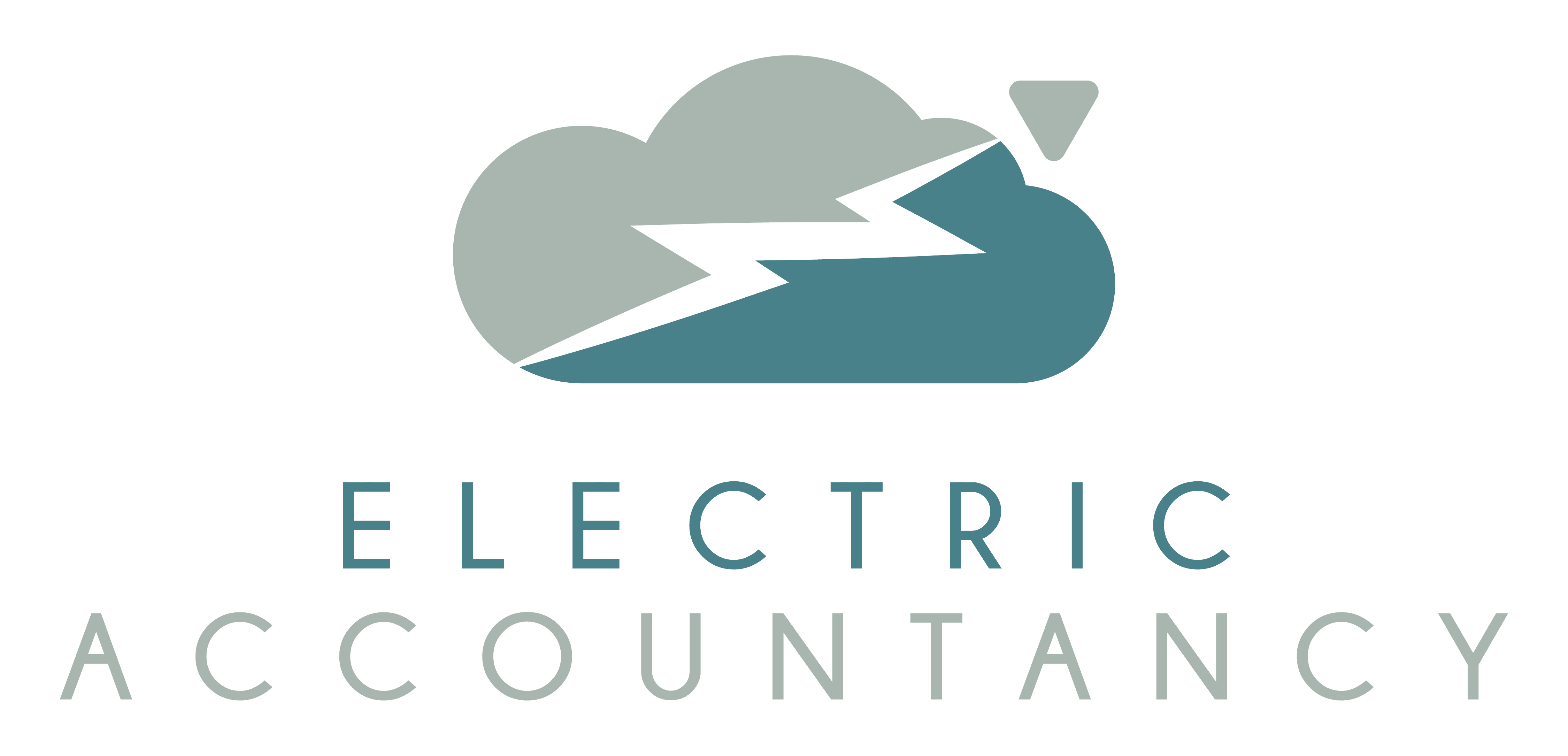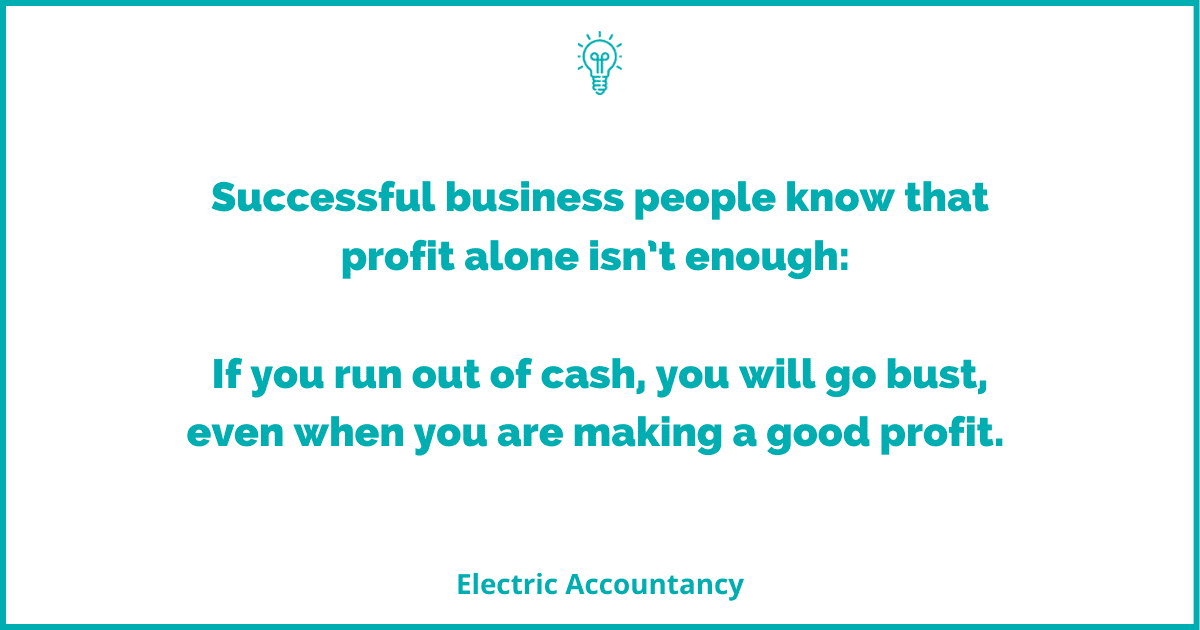Cash flow is the lifeblood of a business. You need cash coming in regularly to continue operations and pay bills on time.
Late customer payments or unforeseen costs can cause huge disruption. In addition, if you’re scaling up, it’s likely that you will experience a temporary period of negative cash flow before you start reaping the rewards of any investment – this can be a particularly precarious time.
Read on to discover how to keep your cash flowing.
1. Set Your Payment Terms up front
It’s important to hash out the payment details upfront when you sign a new client. Many business owners often forget this amid the excitement and then have to waste time sorting it out later.
During the onboarding process, make sure that you understand who you should send the invoice to and who to contact if any issues arise. Agree on a payment date or make sure that the client understands when they have to pay in relation to receiving an invoice.
When you send the invoice, don’t forget to include your payment terms on it. For instance, if you want to get paid right away, put “payment on receipt” on the invoice.
2. Get Your Invoices Right
Your clients won’t pay you on time if you send out incorrect invoices, and this then has a negative impact on your cash flow. Make sure that all of the information on your invoices is correct and include a pricing breakdown.
3. Make It Easy For Customers To Pay You
Include all of your payment details on your invoice and make it as easy as possible for customers to pay you. The easier you make it, the quicker you’ll have money in your bank account.
Think about signing up to an established payment provider like PayPal or Stripe. They accept the most-used credit cards worldwide – Visa, MasterCard, and American Express. Most major payment providers also allow recurring billing which is great if you offer subscription plans or ongoing monthly services. There will be a transaction fee for using the service, but think of the time that you will save if you don’t have to chase late payments.
If you send your invoices electronically, include a payment link in the invoice and also consider mobile payments as these are forecast to overtake cash and credit card payments within the next 5 years.
4. Send Your Invoices On Time
Late invoices result in late payments.
A late invoice sends the message that you’re not bothered about getting paid quickly.
Invoicing your clients on time is an obvious and effective way to help your cash flow stay healthy. If you find it difficult to keep on top of invoicing, set aside time each week to do it, consider investing in invoicing software or outsource this function.
5. Keep On Top Of Your Payments
As well as sending your invoices on time, you need to keep on top of payment deadlines and be aware of which clients are yet to cough up. This allows you to send polite reminders to jog their memory ahead of time and chase up any late payments.
This is where online accounting software (such as Quickbooks or Xero) can really help you out – you can send the invoice electronically and set automatic payment reminders. Job done.
6. Review Your Payment Model
If your clients pay 100% of your fees after completion, you’re taking a pretty big leap of faith. Consider asking for a deposit or upfront payment so you don’t end up out of pocket.
Additionally, it’s worth implementing late fees to encourage your customers to pay you in a timely manner. They’re less likely to forget or try to delay payment if they’re going to incur a charge.
7. Keep An Eye On Your Costs
Cash flow isn’t just about money coming in. You also need to be aware of how much you’re paying out, and when.
Cutting your costs can result in a boost to your cash flow and profit margin, so long as you’re smart about it and do it in a way that doesn’t damage productivity or efficiency. Cutting costs isn’t always about taking a chainsaw to your budget; a few well thought out swaps and changes can make all the difference.
You can also try to renegotiate payment terms with suppliers. You are more likely to succeed if you do this sooner rather than later as it’s hard to demonstrate your intention to pay if you only contact the supplier when the bill is already late.
However, do everything you can to pay small suppliers on time rather than passing your cashflow problem onto someone that can ill-afford it
8. Create A Cash Flow Forecast
Create a calendar to keep track of your income and bills so that you know when your cash balance is going to take a dip and you can prepare for it.
When you expand, your business is particularly vulnerable because you will usually end up spending more than you currently earn, creating a negative cash flow. A forecast will help you to work out how your business will manage this, and whether you need to seek an external source of finance. It’s no good expanding if you end up starving your business of cash.
Creating cash flow forecasts can be complicated, but there are some great forecasting tools available. A good accountant can also be extremely useful because they will have experience with forecasts, budgets and finance options.
9. Prepare a Safety Net
It’s always a good idea to have a safety net. Make sure that your business has a cash reserve so that unforeseen costs don’t break the bank. Covid has certainly shown us that life can be unpredictable and no matter how carefully you plan ahead, there may be unprecedented expenses or drops in income.
An emergency cash reserve gives you some breathing space and means that you can maintain a healthy cash flow when the unexpected happens. A rule of thumb is to have a cash reserve that covers your costs for at least 3 months, so you can keep operating while you implement a recovery plan.
10. Have a Plan B, C and D
Understand what options are available to you if you experience a cash flow problem and seek advice from a professional on which options are best for your particular circumstances:
-
Short-term overdraft facility
-
Short-term borrowing
-
Fixed-term loan
-
Factoring and invoice discounting
-
Asset sale
Summary
-
Keep Your Money Moving!
-
A stagnant cash flow will not only cause you to lose money, but also to miss out on growth and investment opportunities.
-
If your cash flow is negative for too long, your business will no longer be able to operate.
-
It’s important to employ common-sense strategies to maintain a healthy flow of cash in and out of your business.

